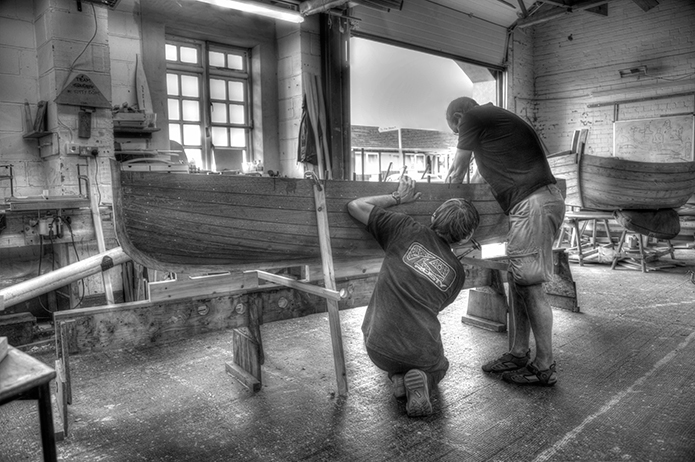
Boats, until the middle of the Twentieth Century, had largely meant wooden boats. However rapid advances in technology meant the look of marinas changed, with plastic and fibreglass boats dominating the scene, and wooden boat appreciation and production declining greatly throughout the ‘50s and ‘60s. Traditional skills, that had been passed down from builder-to-builder, and father-to-son, were being lost. Modern technologies meant mass-production, radical modern styling and less maintenance were possible, and traditional wooden boat building was caught up in a perfect storm.
A revival commenced in the 1970s, by those with a reverence and appreciation for maritime heritage, tradition and aesthetics, and traditional wooden boat building has at last found a home in the modern world. Wooden boats, such as skiffs, clinker dinghies, pilot cutters, yawls and launches, many gloriously on show during the Diamond Jubilee River Pageant, are still being built today by committed craftsmen on behalf of the growing number of owners who are looking for their vessels to incorporate beauty, strength, longevity and a connection to our maritime heritage. Since the 1990s, demand for wooden boats has also been fuelled by the boom in Cornish pilot gig racing, six-oared rowing boats made from elm, first used as lifeboats in the 17th Century, and now used for racing competitions; there are now over 100 clubs across the globe, competing in world championships held on the Isles of Scilly annually, and the growing number of participants is generating increased demand for traditional wooden boats and oars.
However, whilst there is still a welcome demand for wooden boats and oars, the skills unique to wooden boat building and maintenance are under threat as they are known to a small, and aging, band of experts; the number of which is reducing each year as retirement looms. Without action, it is only a matter of time before these traditional skills, which go back millennia, will become extinct in Britain; which is unthinkable for a country with such a strong maritime history.
It therefore made sense to explore the craft of wooden boat building with one of the few British boatbuilding schools devoted to teaching traditional and modern wooden boat-building skills: the Boat Building Academy. I was delighted to have the opportunity to interview Yvonne Green, Principal of the BBA, and to share with you Yvonne’s thoughts on why the BBA was set up, its aims, an insight into the craft of a wooden boat builder and the future of the craft. We hope you enjoy reading her thoughts below.
About the Boat Building Academy
The BBA, founded in 1997, is renowned as a “Centre of Excellence” for teaching boat building skills to those starting out in their career, or those mid-career looking to change direction for a new way of life. The BBA teaches both modern and traditional boat-building skills, with an exceptional reputation for traditional wooden boat construction and restoration. The Academy is situated on Monmouth Beach in Lyme Regis, known as the “Pearl of Dorset‟, at the heart of the Jurassic Coast.
Firstly, for readers that aren’t familiar with the Boat Building Academy, can you explain what you do?
We teach boat building and woodworking skills on highly practical, full-time courses. All of our students work a minimum of a 40 hour week and there are no long summer holidays. We close only at Christmas. Students learn a wide range of boat building skills, working across traditional and modern wooden construction types and composites. 92% of their time is spent in the workshops and they have the opportunity to work on at evenings and weekends.
We start two 38 week boat building courses per year, each taking a maximum of 18 students, three 12 week Woodworking Skills incorporating Furniture Design and Making courses, each taking up to 8 students (at the moment – such is the popularity of the course that we are extending the workshop and taking on extra staff in order to take up to 12), and two three month short course programmes of 2 – 5 day courses, taking up to ten people on each course. The end of every ‘long’ boat building course is celebrated by launching the boats each course has built.
Launches take place in June and December against the backdrop of Lyme Regis Harbour and The Cobb and are attended by friends, family, graduates, potential employers and others from all areas of the marine industry.
Why was the Academy set up, and what are its aims?
The Boat Building Academy was founded in 1997. Boat building as an industry in the United Kingdom had declined to such an extent that in some places it had almost entirely disappeared. Where it did exist, the end product was often mass-produced. Boat building skills still existed among those with a lifetime of experience, but with the demise of the traditional apprenticeship there were few ways of ensuring that entrenched skills, learnt over generations, were passed on.
The Academy was originally set up by a consortium of people; a teacher, a boat builder and Commander Tim Gedge (Royal Navy), who is a Director of the Academy today. The main aims were to teach people a range of boat building skills in a highly practical way, on an intensive, full-time course, initially aimed at ‘career changers’ who wanted to spend as short a time as possible retraining.
The aims have not changed. They are still as relevant today as they were when the Academy was founded, although our student profile has changed as an increasing number of young people choose to come here rather than or before University. Industry’s need for the skills is proved by our graduates’ employment record – most have jobs by the finish of the course, and our excellent relationship with employers.
What are the main differences between traditional and modern wooden boat building?
Generally traditional wooden boat building involves wooden planks, split or cut from logs, either overlapped and fixed with nails or screws (clinker construction) or fastened edge to edge (carvel construction) around a backbone structure from sawn or bent timber. In the past timber was locally sourced and therefore home-grown species, such as elm or oak in this country, were used. The Boat Building Academy has moved back over recent years to use as much locally sourced timber as possible.
To the layman modern and traditional wooden boats look very similar. There tends to be an assumption that any wooden boat has been built using the traditional clinker or carvel method, but there is a wide range of modern wooden boat building techniques: Strip plank construction uses very narrow strips of wood built around curved formers, usually reinforced with veneers and/or glass fibre and epoxy. Cold moulded construction builds up layers of veneers using adhesives to produce a strong laminated hull form. Glued clinker construction uses plywood planks, producing a very similar hull to a traditional clinker hull, but exchanging copper rivets holding the planks together for adhesives like polyurethanes or epoxies. In stitch and glue construction shaped plywood panels are stitched and glued together to form the hull, which is then covered in glass fibre and epoxy.
The timber in a traditionally built boat, unprotected by adhesives, remains active; it will soak up water if wet, dry out if dry, depending on its environment. Planking and joints must be as tight and neat as possible to minimise the effects. Letting a traditionally built boat dry out too much can mean that caulking (material in the wedge-shaped space between planks) can drop out in the case of carvel and gaps appear between planks in clinker.
Modern construction methods do not call for such accurate attention to planking and joints, especially where there is no aesthetic impact, because adhesives, particularly epoxies, have good gap-filling capabilities.
Technology, mainly in the form of CAD and CNC machines, benefits both modern and traditional construction types in the making of jigs and moulds and is particularly useful in terms of stitch and glue construction.
Traditional wooden boat building calls for craftsmanship, modern wooden boat building is less demanding in terms of skill levels and quicker, which has obvious commercial advantages.
Do you still teach traditional woodworking skills and techniques or is the emphasis on using modern tools and technologies and applying them to traditional boat designs?
We still teach traditional woodworking skills and techniques at the beginning of every course. Students start by learning how to sharpen their tools properly. The first 6 weeks of the 38 week course form an intensive woodworking phase, using mainly hand tools. We believe that by training people properly in the basics we are giving them a solid foundation to build on.
By initially working with hand tools they have the time and focus in which to learn not only how to use the tools, but also how different timbers and materials behave. But it would be commercial folly not to teach people how to use power tools, particularly for big, repetitious tasks, but learning woodworking by using hand tools gives a fundamental understanding of material properties. Students work with a full range of materials and techniques, from traditional wood to cutting-edge composites. We encourage students to think about combining techniques e.g. wooden fit-out in a composite hull.
Generally we use modern tools to get the job done quickly. In a commercial environment, time is money so the use of traditional tools is usually reserved for specialist tasks or where hand finishing is desirable or required as there is no alternative. Modern tools such as circular saws, jigsaws, routers, mortising machines and power planes save a lot of time and effort, but there are still many tasks where traditional tools are used as they are the best tool for the job. When riveting traditional clinker boats, we still use tools such as a dolly, rove punch and ball peen hammer. When restoring a traditionally built carvel boat, one generally uses traditional caulking irons for the job to drive in the caulking medium. When producing oars, masts and spars, one generally marks lines using a traditional spar gauge, but material can be removed quickly with either a modern power plane or a traditional draw-knife.
For cutting out planking material, we generally use band and table saws. The planks will then be planed and dimensioned by machine. Traditionally they might have been split from the log by hand or pit-sawn and then hand planed to their final dimension.
The modern method of producing curved timber sections is laminating, but it is quite wasteful and uses a lot of adhesive. Steaming solid timber is still a useful method of doing the same, although the results are not always as consistent. Generally, the type of timber being used, where the part will be used and the overall look of the finished product will be a consideration in selection of technique.
Traditional boat building went through a revival in the 1970s, and is going through a further renaissance with the popularity of Cornish pilot gig racing. Why do you think wooden boats are still relevant in the modern world and who do you see as the main purchasers of wooden boats today?
Custom design and craftsmanship are highly valued as is the beauty of wood as a material. In terms of sustainability, as long as the timber has been responsibly grown and felled, wooden boats are more environmentally friendly than composite. People also get huge satisfaction from maintaining and repairing their wooden boats. Wooden boat restoration is one of our most popular short courses.
There is something about a wooden boat that puts you in touch with history and links us to our sea-faring ancestors. Aesthetically, wooden boats look like boats in childrens’stories, possibly the first time for many children that they see a boat. Wood is always warm and good to touch – living.
In a world in which custom design is increasingly valued wood is far and away the best medium to produce one off custom craft. Working with a builder to realise an idea is an enjoyable process and usually leads to long association between the owner and the builder which contributes to pride of ownership.
The economics of wood are changing as new materials (epoxy + paints) and new techniques (CAD/CAM) eat into the perceived cost advantage that GRP has enjoyed.
What is the main difference between sailing a wooden boat and modern fibreglass equivalent?
Generally, the build materials used don’t make a boat harder or slower to sail. An old wooden boat that has taken up moisture into the planking will be heavy which will affect performance, but equally a cheap plastic boat could be heavy from the outset or through damage absorb water into its hull increasing its weight and slowing it down.
In class racing older wooden versions tend to be slower than modern plastic boats as the sailing rigs can set that bit tighter and therefore generate more power resulting in more speed. However, modern wooden versions can be made faster than the older plastic versions by combining timber with modern adhesives and materials.
Generally speaking modern fibreglass versions of classics are going to be faster than traditionally built wooden hulls. However it is possible though to build a modern wood composite vessel that could be just as effective.
Sailing or rowing a traditionally built wooden hull is very different from an outing in a fibreglass equivalent. The sounds and the general feel of the boat are very different and to many minds infinitely more enjoyable.
Can you briefly describe how you would approach making a wooden boat and set of oars?
Which boats each group build is decided by discussion at the beginning of the course. The Academy does not undertake commercial work and therefore which boats will be built are chosen for their educational value (we do not have an ‘approved’ list of boats). Once it is decided which boats will be built the plans are obtained, whether this is from a designer, from lines taken from an existing boat or from a design which we have produced here at the Academy. During ‘lofting’ we then produce a full sized drawing of the boat, before making templates and moulds around and with which the boats will be built. Choices are made on timber type and a cutting list produced for our Machinist.
The next stage, if building a traditional clinker (overlapping planks secured with copper nails) boat is to set up the building frame, starting with a keel bearer, usually a long beam set up just above floor level and underneath an overhead beam. Onto this the keel, stem and transom parts of the boat will be built and form the central backbone structure. The stem may be fashioned from sections of solid timber or laminated from glued veneers. It might already be possible to shape parts of what is known as the “rabbet”; the angled groove in the backbone structure into which the edge of the first plank or “garboard” sits and also into which the ends of the planks sit in the bow.
The building moulds, produced earlier from the lofting, would then be set up in their positions along the backbone. These moulds are temporary and are used to form the planking shape as the boat is being built only. The moulds must be accurately set up, plumb and square usually in relation to the boats designed waterline which acts as a reference during the build.
The next step is to “line-off” for planking, that is to determine where the plank edges will be, based on the determined number of planks for the boat. Based on the number of planks per side, marks are made on the moulds are pre-determined positions. Battens are then nailed below these marks, fore and aft of the moulds. The builder must then determine whether the lines prescribed by the battens are “fair”, that is smooth in form. It may be that battens need to be unfastened in refastened to give a pleasing look or to simplify planking. In certain areas of the hull, determined by the shape and curvature at various points, the boat may be easier planked by using narrower or wider planks. Once suitable lines are determined, the planking can begin. The first plank, the “garboard” usually takes more time than the following planks to fit. It is important that the garboard fits the rabbet accurately, to keep out water, but also any errors or unfairness in its shape may dramatically affect the overall look of finished hull. Once the garboard is fitted, possibly with some bedding compound, a traditional oil based mastic possibly and fixed with copper rivets, the remainder of the planks can be fit.
Depending on the type of timber used and the length of the hull and planking stock, each plank may need to be lengthened using a traditional joint called a “scarf” or “scarph”. Each plank must be carefully fitted to the previous as usually no bedding or sealant is used between the planks. Initially the previous plank will be “browed-off”, that is a bevel will be made along its length that will allow the following plank to sit tightly onto it.
At either end, a special bevel called a “gerald” is used, although this name varies by region and country. This bevel serves to remove the plank overlap and brings the edges of the plank ends flush into the centreline.
As the each plank is fitted it is riveted to its predecessor. The final plank is referred to as the “sheer” plank, the sheer being the line which is formed by the top edge of the planking. The final shape of the sheer is then worked, usually with the aid of a batten and by eye to determine the most favourable shape and curve. The sheer plank is often wider than the norm to allow for the subsequent fitting of a rubbing strip which would otherwise make the sheer plank look oddly narrow.
The hull planking is now complete, but requires additional stiffening. Usually we would now steam in “ribs” which are narrow strips that serve to reinforce the planking, which is currently only edge fastened. Holes would be pre-drilled in the planking at intervals along the length of the hull, although at the same point on each plank, across the width of the hull. The ribs are fitted around the hull from sheer to sheer at 90 degrees to the centreline.
Normally these ribs are from fresh sawn oak, but other types of oak or timber can be successfully used. The ribs are placed in a long box or pipe, usually with one or two wall paper steamers attached to either end. The box or tube is loosely sealed as we do not want to build up any pressure. The steam serves only to heat the timber, not to add moisture. Once the timbers are hot enough they become pliable and are easily bent into the hull. If building in a very traditional manner, nails will have been placed into the holes drilled in the planks earlier and the nails will be driven through the timbers as they are tightly bent into the hull. The nails would then be turned into rivets with the addition of small conical washers called “roves”. The excess nail is trimmed off and the remaining end is “peened” over the rove.
The final structural elements are then be added, such as knees and a “breast hook”, in the stern quarters and bow.
Longitudinal members like the gunwales and rubbing strips are then added, these are usually inside the planking at the sheer level, over the ribs and outside the planking at the sheer or along the bottom part of the sheer plank. These serve to help stiffen the planking at the sheer. Next additional longitudinal battens called stringers are added where required; this will include a “riser” onto which the “thwarts” or seats will sit. The thwarts themselves serve to hold the two sides of the boat together and at the same time, apart. They are also fitted with knees to help braces them in position and for additional strengthening of the hull.
One might choose to fit “sole boards” which are boards which are used in the bottom or “bilge” of the boat so that one does not stand directly onto the planking when using the boat. Onto these “stretchers” may also be fitted for bracing ones feet whilst pulling, sculling or rowing, depending on the vessel type. At this point the fittings may be added, be that “pins”, “oarlocks”, “rowlocks” or just eye-bolts for attaching “painters”.
Lastly, one would finish the vessel, either with a traditional paint, varnish or oil. A number of coats would be applied to achieve the required build and level of finish that would protect the vessel and its structure from wear and tear and environmental factors, such as moisture and UV damage.
To make an oar, one must first determine the length required. This is usually determined by the vessel width or “beam” and position from which the oar would be used. Shape of “blade” must also be decided and to some degree this is down to personal choice, although one could opt for a traditional oar for the hull type.
Once satisfied, a blank is made up, this usually constructed or laminated, from a number of pieces of timber. Think of it as one long piece, which forms the “loom”, the shaft of the oar and runs from the handle part through almost to the tip of the blade. This may be of good quality fir or spruce of say 2” square and should have straight grain and as few knots or blemishes as possible. To form the blade end, we take two shorter pieces of timber of the same dimension, 2” square again and glue these onto the blade end of the loom, which in this simple form, could be either end.
The “cheeks” as these blocks are called should be glued on opposite sides of the end of the loom with their ends aligned with its end. The next stage would be to shape the blade. This is done by taking some pre-made templates. We have a number of templates for a variety of oar shapes. The templates shapes are transferred to the stock, usually onto the sides of the cheeks first, after which they are cut to shape on a band saw. The patterns for the face of the blade is then transferred to the blank and again cut on the band saw.
Now one must complete the shape of the blade usually from experience or using another oar as a guide with tools such as a draw knife, spokeshave and “bollow plane”.
Bollow planes are planes that have soles which curve in two planes and allow the plane to scoop out hollows. Once one is happy with the blade shape and look, it is the turn of the loom. This may be tapered or straight, but the principal for rounding it off is the same. Using a spar gauge, one first marks the faces for removal of the corners, to leave an octagonal shape.
The material is removed with a draw knife, plane or spokeshave.
Once this is completed and it must be accurately done for the finished items to be truly round, the faces are remarked, this time with the aim of turning the eight sides into sixteen. Again once marked, the water is removed. At this point, it is generally possible to skim off the corners by eye to take the loom to thirty two sides.
Now one needs to have some patience and careful plane the loom both along its length and around its circumference, although generally working in quarters, with an almost diagonal motion, but trying to keep the plane facing along the length of the loom, to avoid taking too much material from localised areas. The more care is employed here, the better the final result. Only when one is completely satisfied that the loom is as round as it can possibly be, should one reach for abrasives to finish the job.
The last piece of shaping is the handle.
Often the actual design can be down to personal choice, but the diameter is reduced to permit the oar to be handled comfortably.
Now one can finish the oar with abrasives to a good smooth finish, removing any final lumps and bumps. One can now apply a suitable finish, we tend to use oil for this as it is easily applied and restored, but it is best not to apply this to the handle as it can make it slippery when wet.
What type of wood is used in the making of a wooden boat and oars and why, and where do you source it from?
Wooden boats can be constructed in a variety of timbers. The most commonly used timbers in the UK are:
- Marine plywood produced from either gaboon or mahogany veneers – planking and fit-out
- Khaya or West African mahogany – planking, backbones and fit-out
- Larch – planking
- Douglas fir – planking, some fit out and backbone structures
- Sitka spruce – oars, spars and planking
- Sweet chestnut – for planking and fit-out, can be locally sourced
- European or American white oak – ribs, fitting out, backbone structures
- Western red cedar – planking
- Softwoods and manufactured boards – for temporary moulds and jigs.
The type of wood used depends on the type of boat and the application. Oak is generally used for steamed ribs or timbers and thwarts. Spruce or fir is used for masts and spars as comes in long lengths with good long straight grain, and spruce has a good strength to weight ratio. Spruce and western red cedar are also useful for planking when constructing light weight boats. Durability, weight, grain structure and resistance to wear and tear are key attributes that one might consider when selecting timber for boat building. Plywood is used for modern glued construction because it is structurally stable and durable.
Timber used at the Boat Building Academy comes from a variety of certified sources or sources that are working towards certification. We work with local suppliers where possible, but quality is often an issue as locally grown timber is generally not of boat skin quality or is in shorter lengths which are not practical to work with.
Is there a ‘typical’ profile of student that attends the Academy, or do they come from all walks of life, ages and locations?
Students at the Boat Building Academy are aged 18 to (so far) 72, although we do make exceptions for exceptional 17 year olds. Although initially the course was developed for mid-life career changers, an increasing number of our students come here as an alternative to University. Courses are also attractive to people taking a sabbatical or on retirement.
Some people have never picked up a chisel before; some have worked in other highly practical spheres. People come from all over Europe – they used to come from all over the World but since new immigration rules were introduced we cannot take students from outside the EU (basically because we would need, for a year, to deliver a Degree in boat building. The Sector Skills Council say there is no requirement for a boat building degree. Immigration won’t make an exception in our case. But that’s another story…). Since the economic difficulties started in 2008 I think there has been a shift in attitude as to what constitutes a worthwhile career. Matthew Crawford’s book The Case for Working with Your Hands or Why Office Work Is Bad for Us and Fixing Things Feels Good, published in 2009, seemed to catch the mood. Rather than assuming academically bright children will go to University, parents have started to see vocational training as an alternative for a fulfilling career (the rise in University fees probably has some bearing…). The 38 week course also provides a very useful gap year, the skills people take away, regardless of their final career choice, will serve them for a lifetime.
You’re based in Lyme Regis, in the West Country, an area renowned for its traditional boats. How much inspiration do you students and teachers take from the maritime heritage of the area?
It is difficult not to be inspired by every aspect of the local area. One of our Instructors is from Beer, just up the coast from Lyme Regis, where he has been building boats from a young age (interestingly he, an Atlantic rower, designs and builds composite Atlantic rowing boats in his spare time). The Boat Building Academy, with graduate Gail McGarva, built the first Cornish Pilot Gig for the newly-formed Lyme Regis Gig Club. Gail went on to build their second gig as an independent before, as a Queen Elizabeth Scholar, building a Lerret [a clinker built fishing boat used in Dorset for centuries] ‘by eye’, mentored by a Lyme Regis boat builder who is now in his 80s. Students regularly build traditional West Country boats. Student boats have been the focus of exhibitions at the National Maritime Museums in Greenwich and Falmouth.
Typically, what are the goals that your students when they finish the course, is it to find paid employment in a boatyard or set up their own business, and are there the jobs out there for students once they complete the course?
Students have many different reasons for joining the course. Not all want to go on to work in boatyards. People who are classic and superyacht crew come here to improve their skill range; people who perhaps can’t find work in their own industry, or want a break from their ‘real’ life, take a year’s sabbatical to do something practical; people who have retired but don’t want to stop working fulfil a lifetime’s ambition and people who want to start businesses come here to learn the skills and perhaps develop a prototype with expert advice.
Despite the current economic climate our graduates are in great demand. Our prospectus gives a cross section of what people have gone on to do after finishing the course. It is rare that someone is not employed within a month of finishing the course, as long as they do not place too many geographical restrictions on where they will work. The Academy’s reputation is such that our graduates are often employed by yards where there are no vacancies advertised and we work directly with some yards, sending people we think are particularly suited to their work. We operate a Graduates’ Network where we post jobs and commissions and graduates are able to keep in touch with each other.
Graduates do not work for free, unless they are doing voluntary work for charities or trusts. Yards and other employers pay the appropriate wage for the job graduates are employed to do. As in every industry wages vary according to employer and employment. None of our graduates are paid less than minimum wage and some substantially more. As their work record builds so do their salaries.
Are the students from the BBA in particular demand?
Yes. Our students graduate with a deep and wide understanding of boat construction and restoration and extensive hands-on experience across a range of construction types. A number of employers contact us before advertising vacancies and we have agreements that we will send suitable people to some employers first. As a rule there are more jobs posted on our graduates’ network than there are ‘free’ people to apply.
Have any of your students gone on to achieve commercial success since leaving the Academy?
Yes, for example Ian Thomson, who joined the course in September 2007, developed an alternative to inflatable tenders while he was on the course. The first ‘Nestaway’ was launched in 2008 at the end of the course and Ian has gone on to develop and build a range of Nestaways, the latest of which ‘Trio 16’ is a family dayboat that breaks down into three nesting sections measuring just 7 foot.
Ian is now too busy running the company to build the boats and so employs other Academy graduates. Ian had sold over two hundred boats by the end of 2012. His design and craftsmanship have attracted a great deal of attention from the general press, specialist magazines and boating internet sites and ‘Nestaway’ exhibits at most UK boat shows.
A recent graduate, Mark Bestford, was asked to give a presentation to Prince Charles at St James’s Palace, about his company ‘Boatwork Ltd’ and how he had developed a new career over the age of fifty. Our prospectus has details of other people, including the classic car restorer, who trained at the Academy in order to start up their own business.
What do you feel is the future for traditional boat building in the UK?
A difficult question to answer in terms of traditional boat building. I think the question is rather what is the future of wooden boat building in the UK? We have an excellent reputation for teaching traditional wooden boat building skills, but we place equal importance on modern wooden boat building and composites in order to enhance our students’ employment prospects.
The massive success of companies like Spirit Yachts demonstrates that there is always a market for well-designed, high quality wooden boats. Those companies need a well-trained work force. Advances in technology and an increased awareness of the importance of sustainability are all positive in terms of wooden boat building. I think the future for wooden boat building in the UK is very bright.
Yvonne Green would like to thank Paul Dyer, the Boat Building Academy’s Training Manager and Nick Newland, Chair of the Wooden Boatbuilders’ Trade Association, for contributing their perspective and expertise in order to fully answer some of the questions. I would also like to extend my thanks to Paul and Nick, and especially Yvonne, for taking time out to answer our questions.
To learn more about traditional or modern wooden boat building, or general woodworking, the Boat Building Academy runs a range of taster, ‘short’ and ‘long’ courses throughout the year. For more information, please visit the Boat Building Academy’s website by clicking the link below:

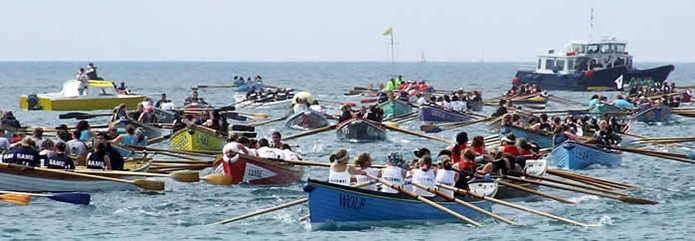
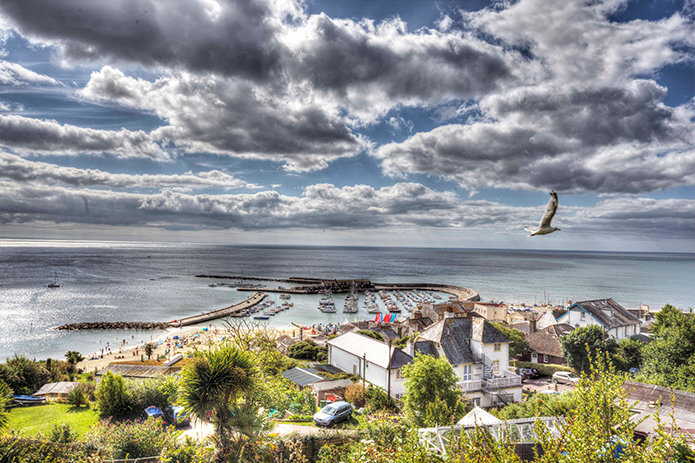
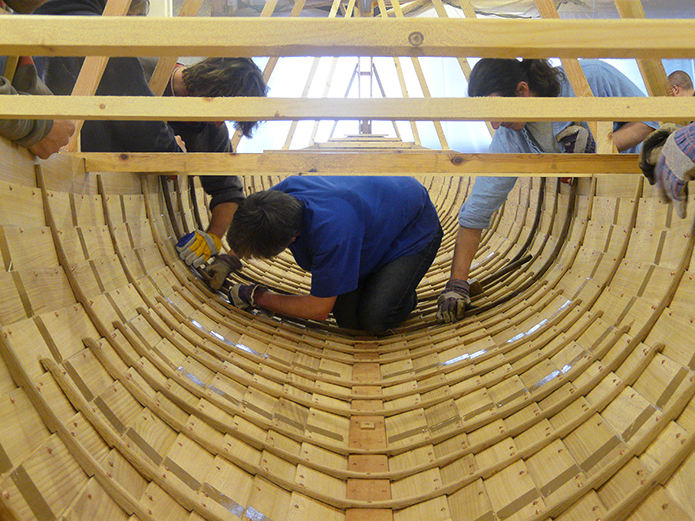
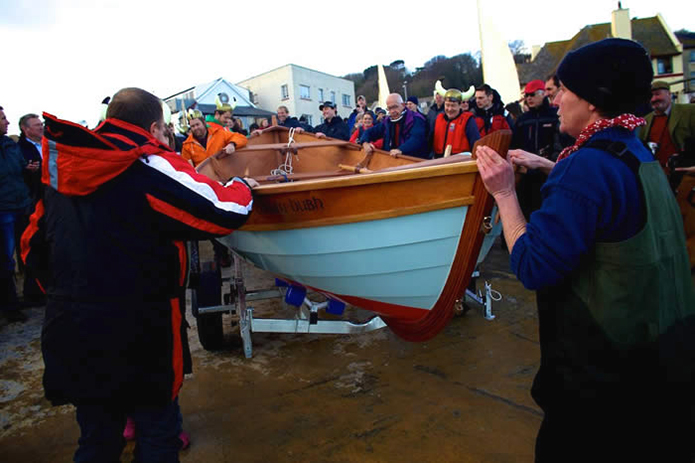
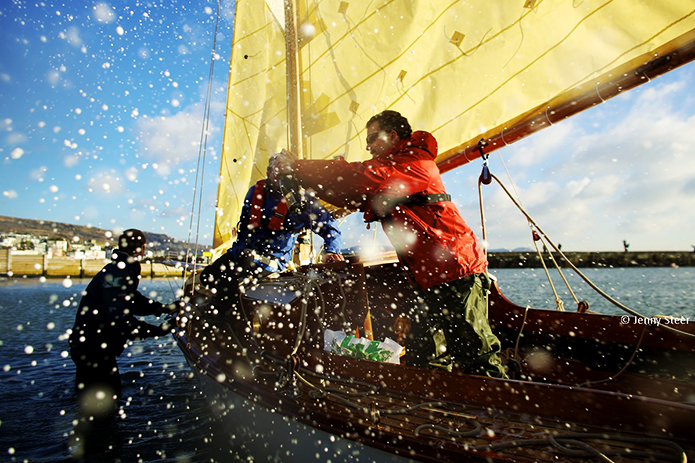
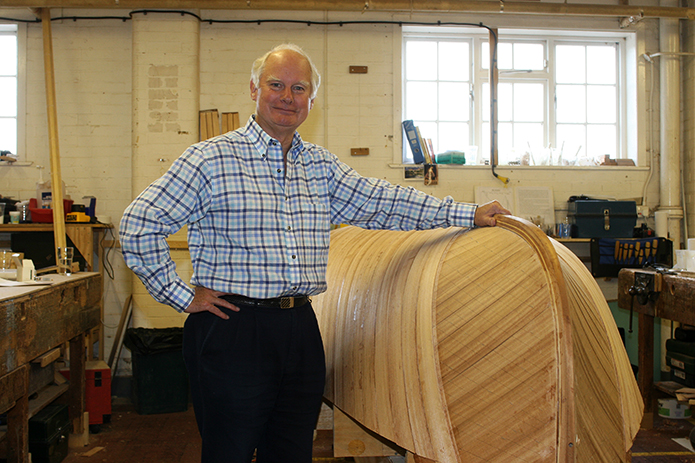
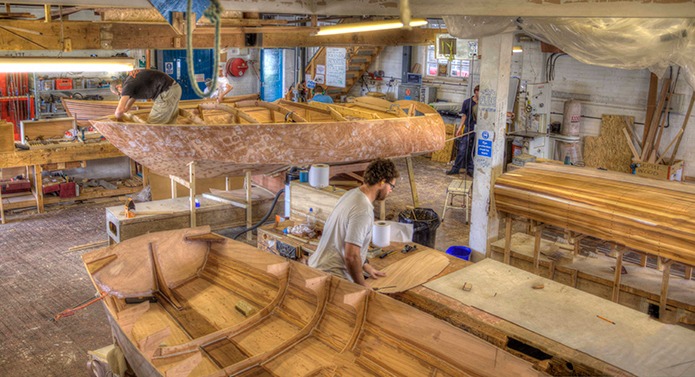
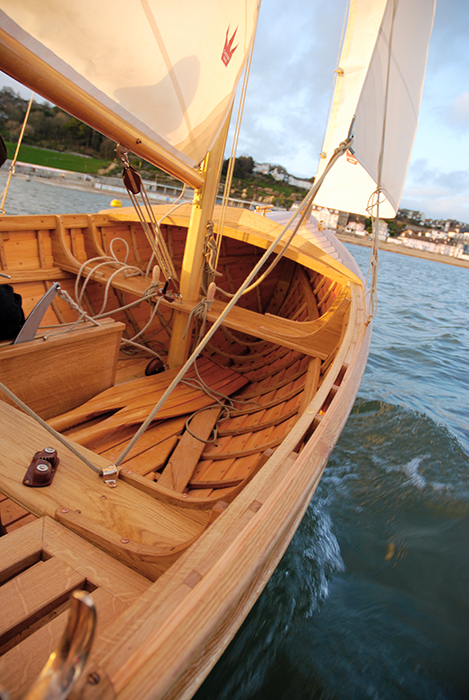
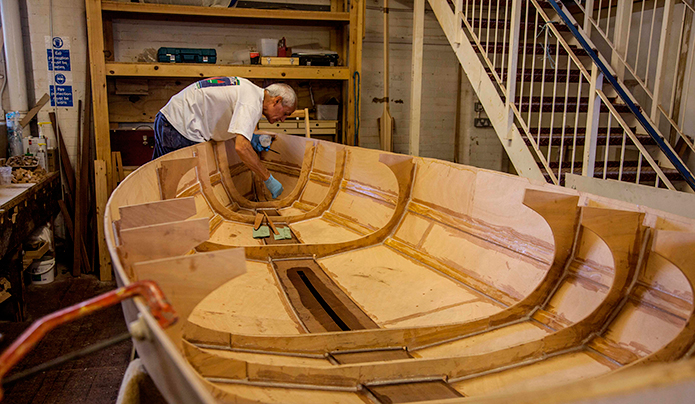
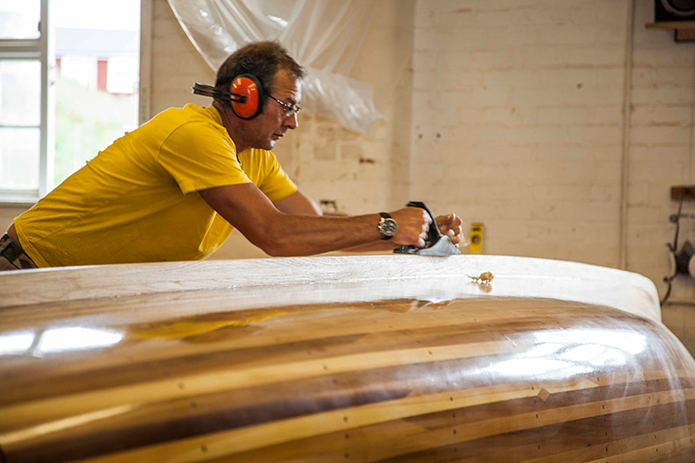
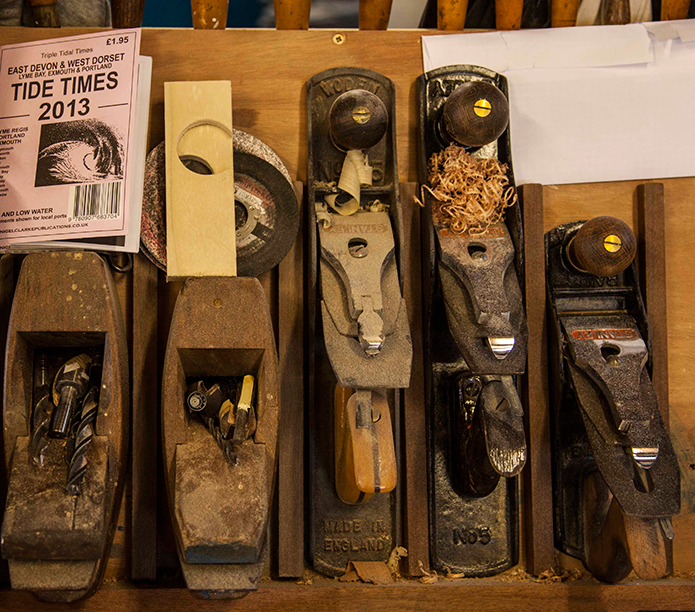
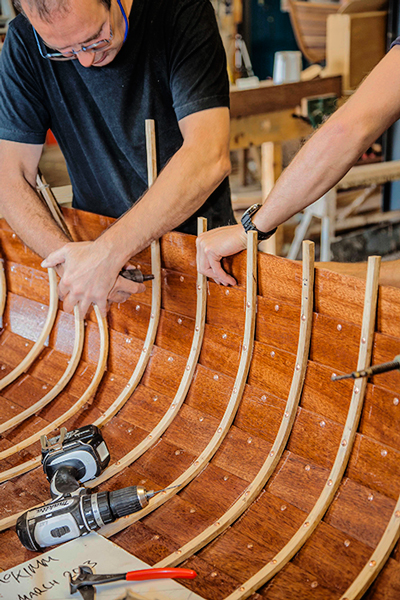
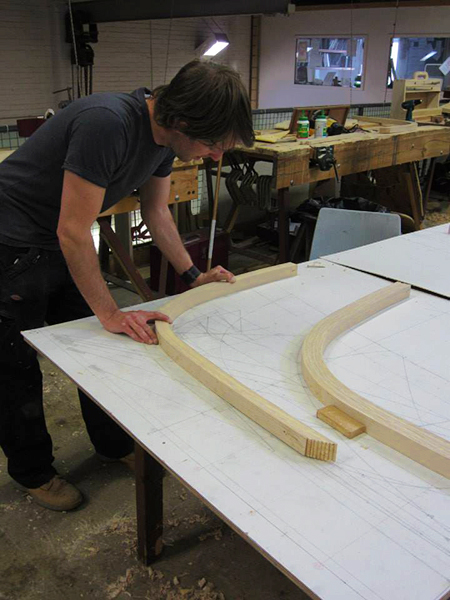
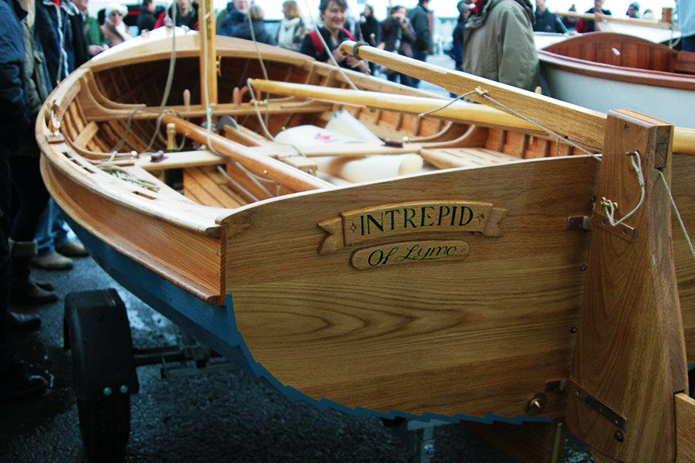
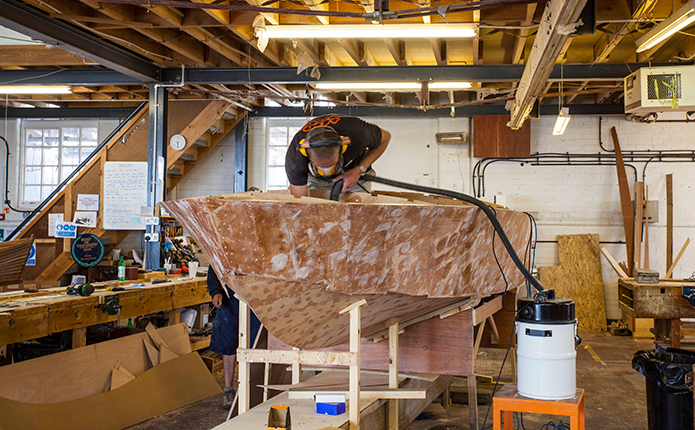
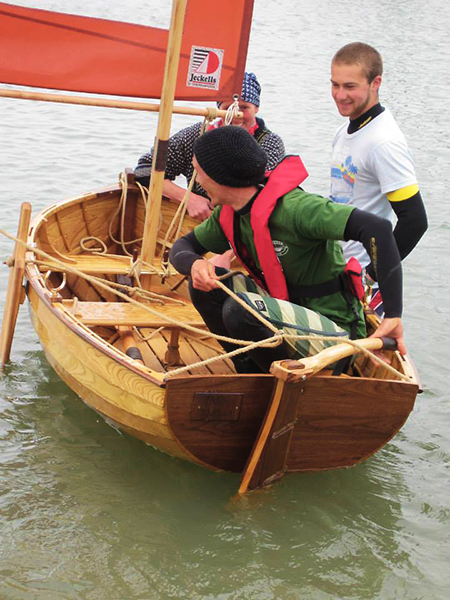
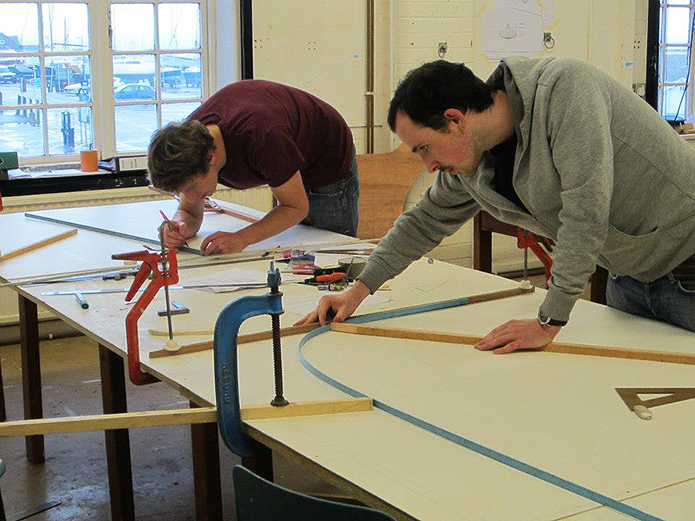
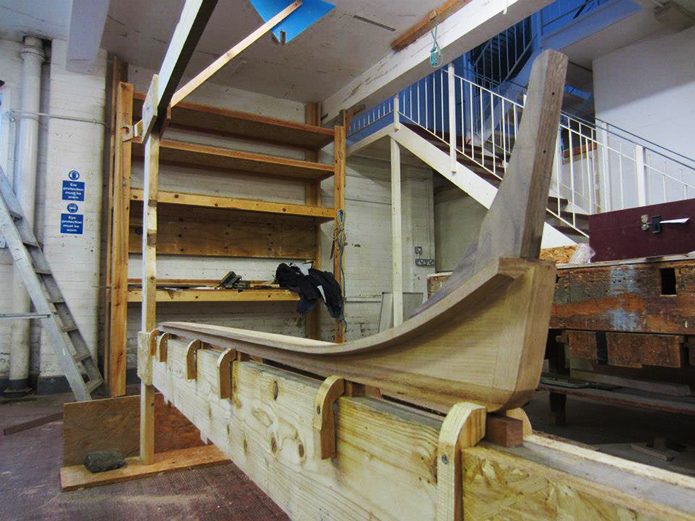
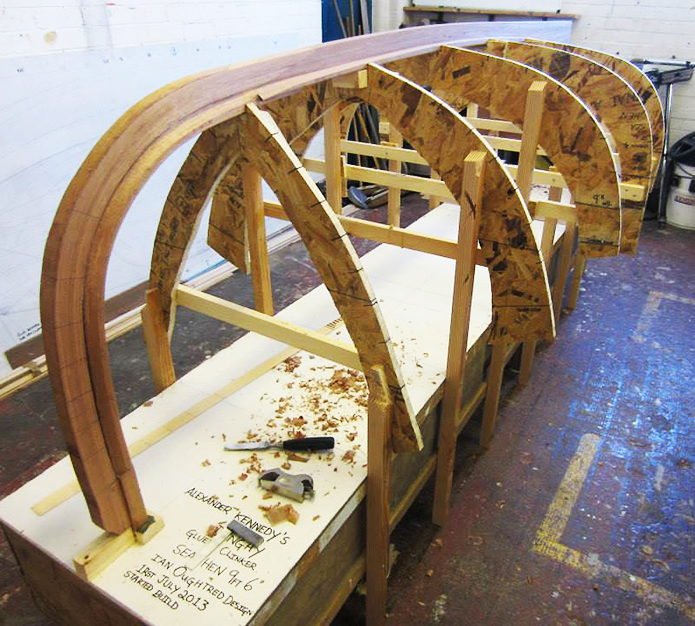
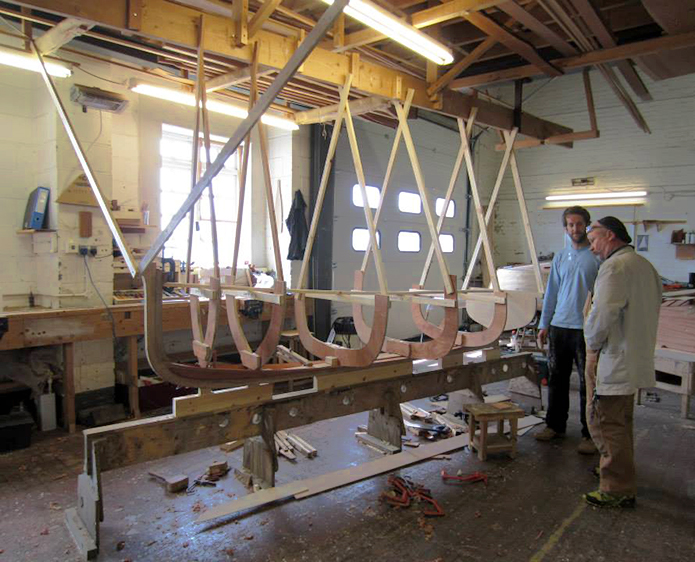
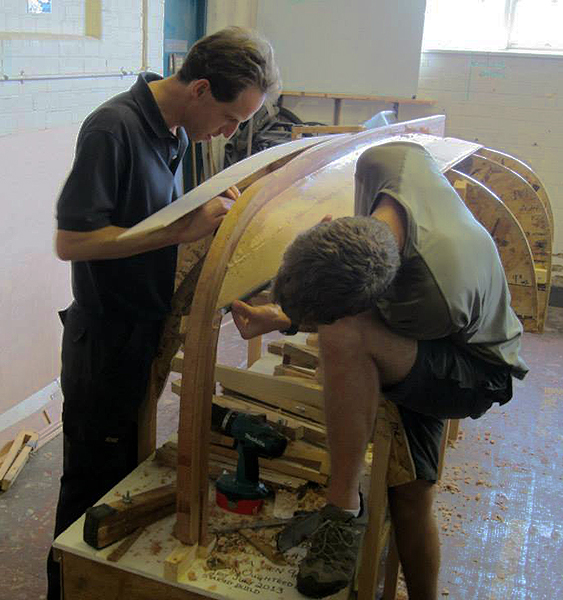
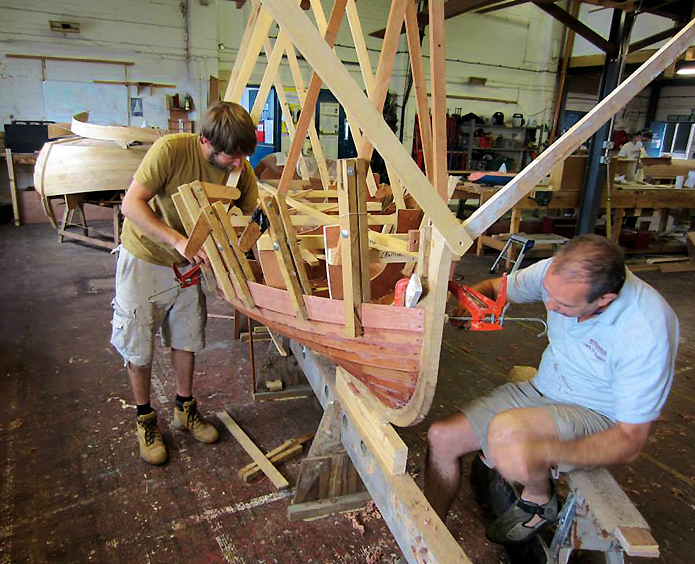
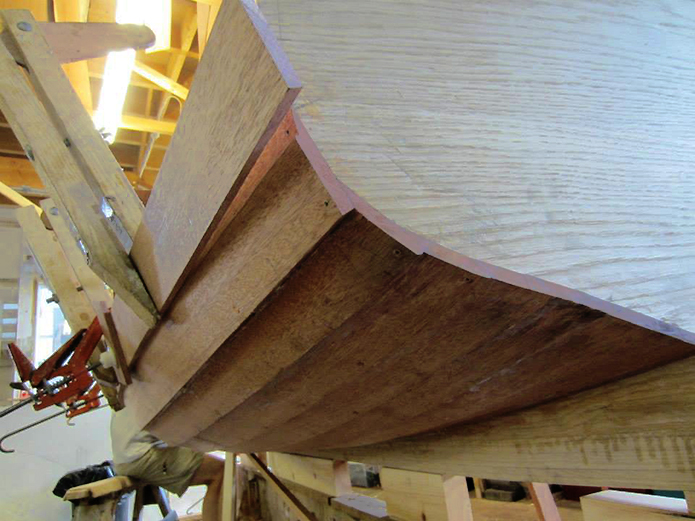
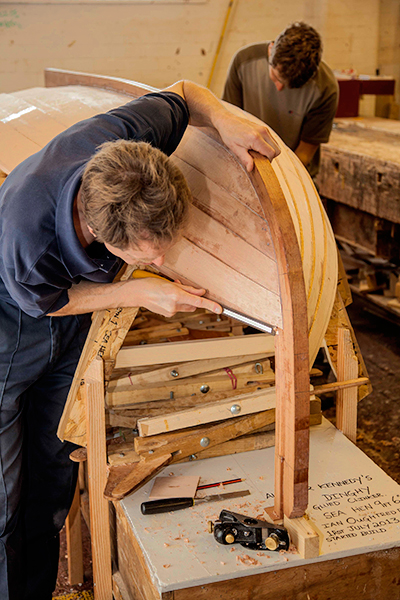
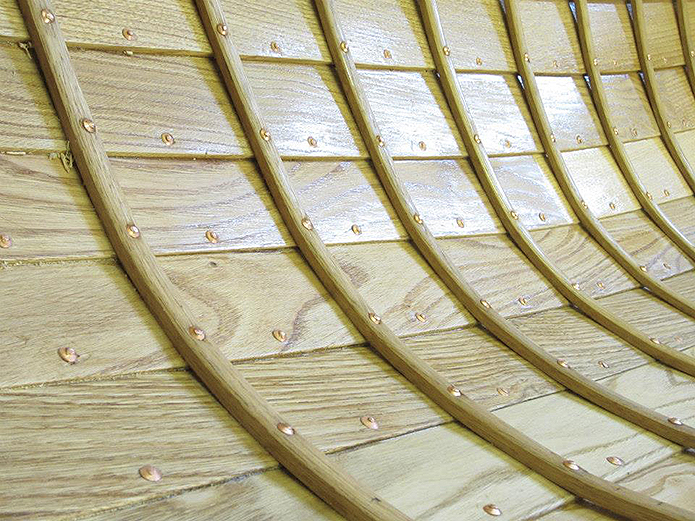
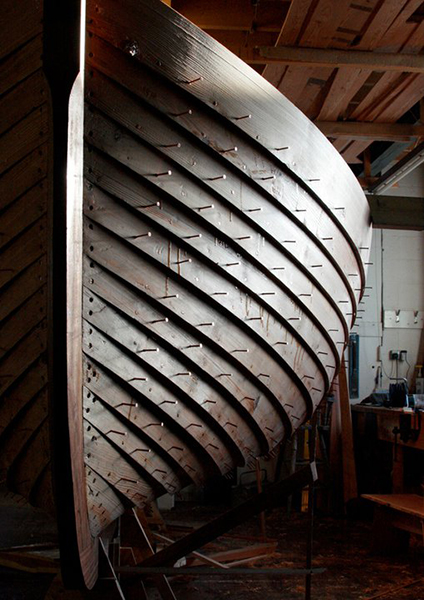
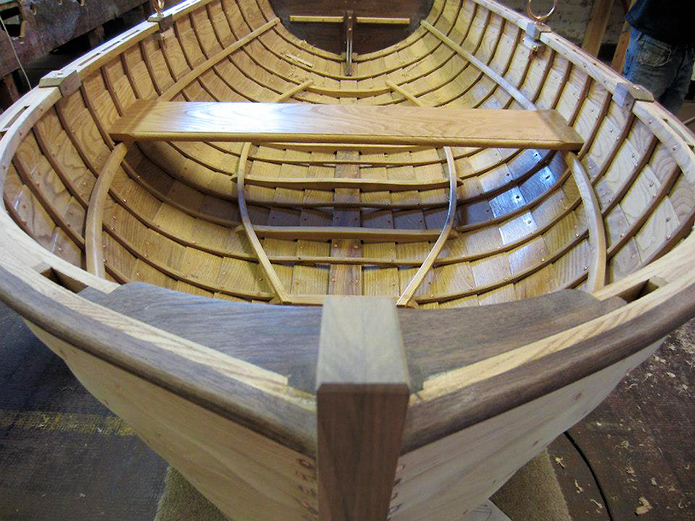

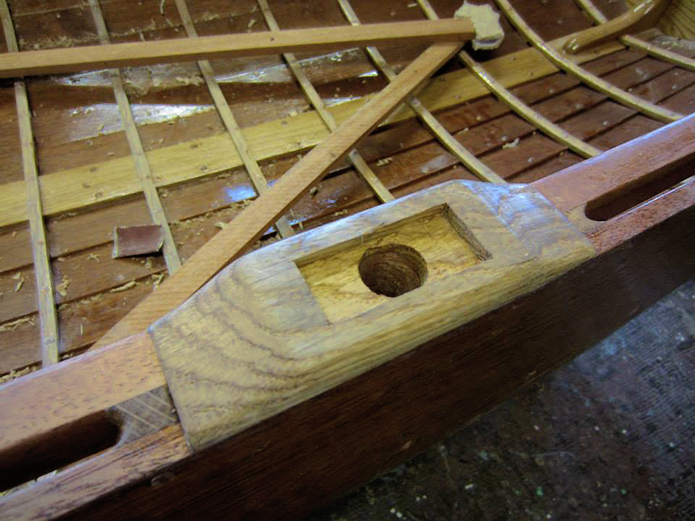
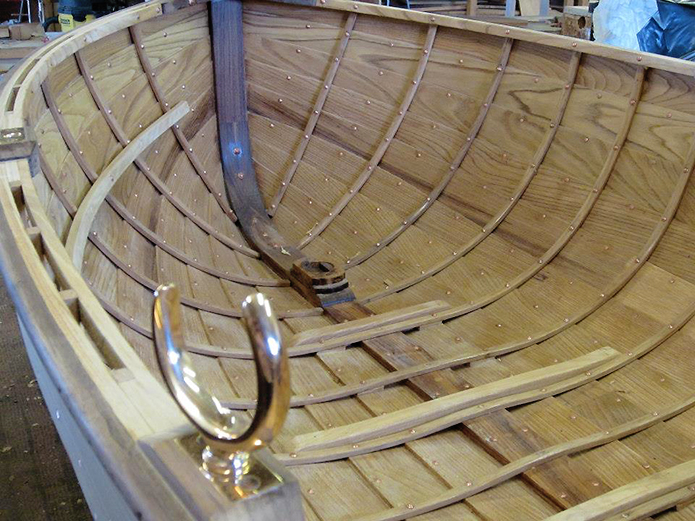
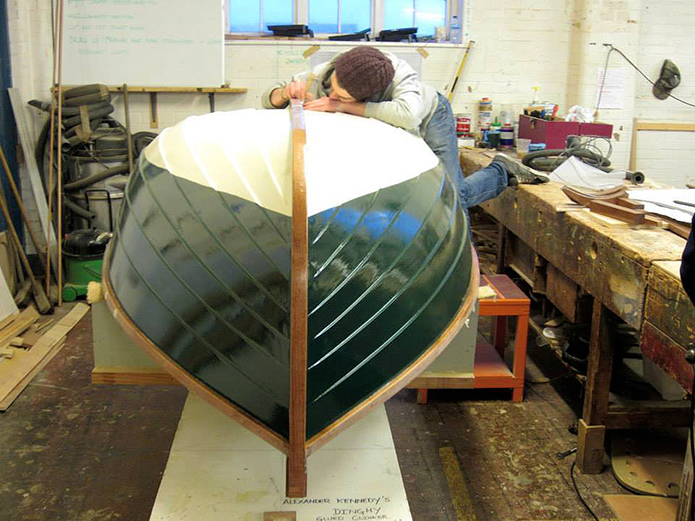
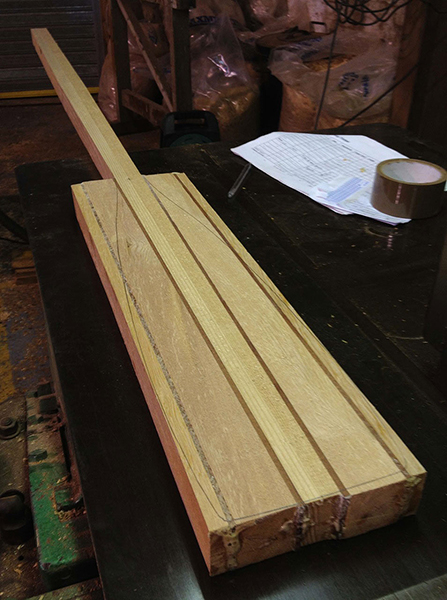
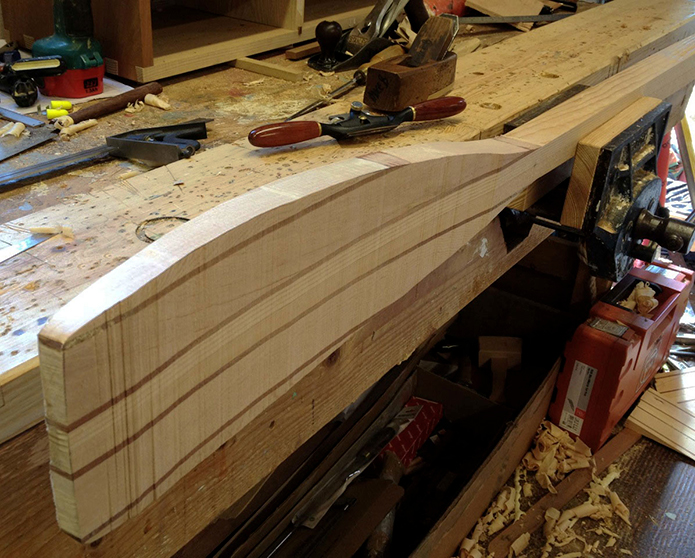
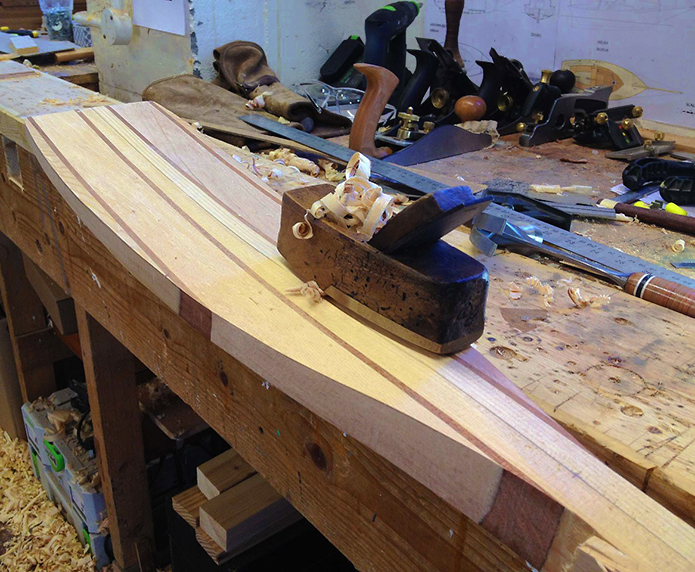
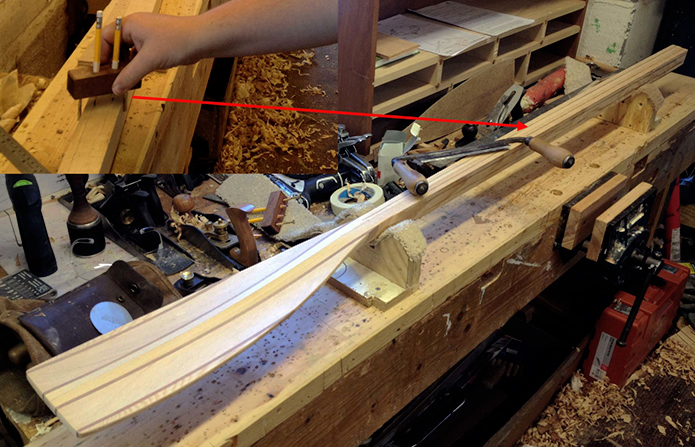
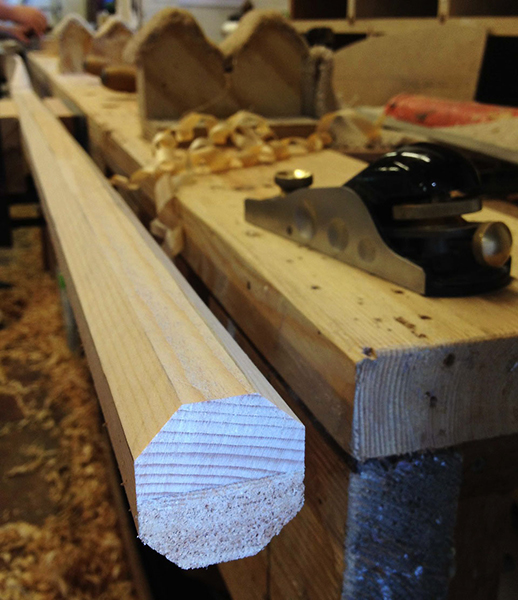
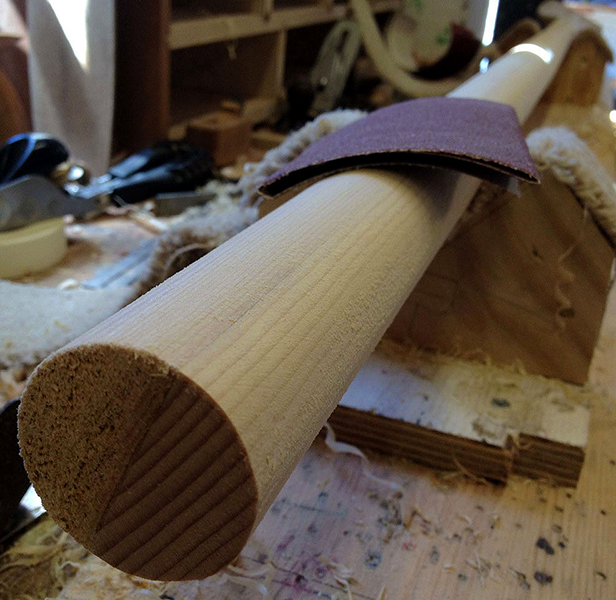
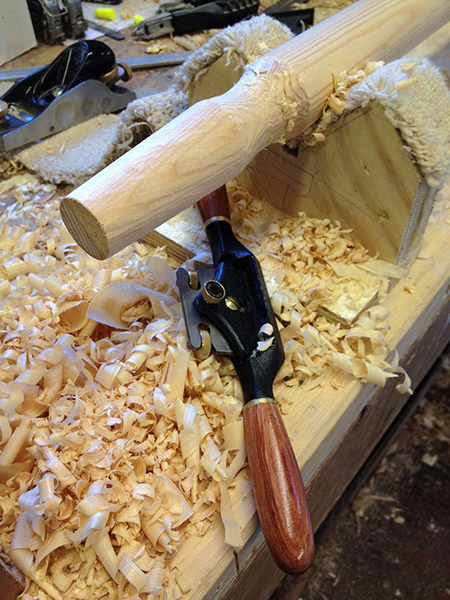
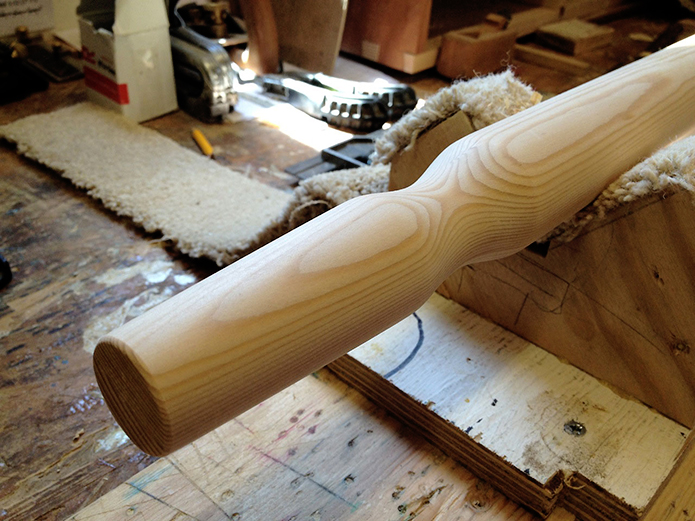
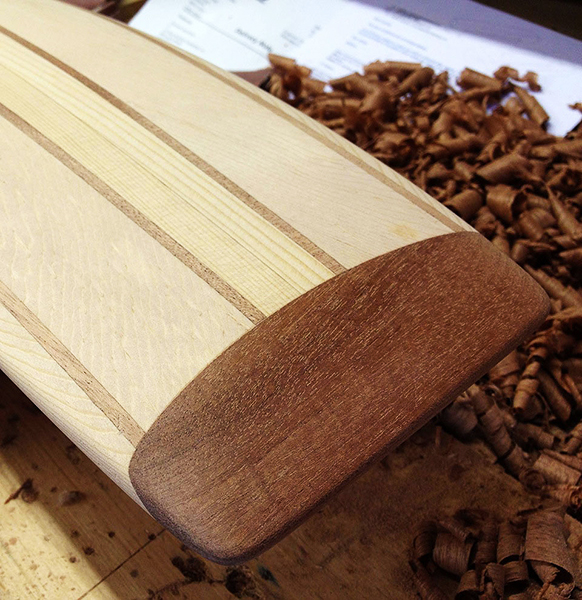
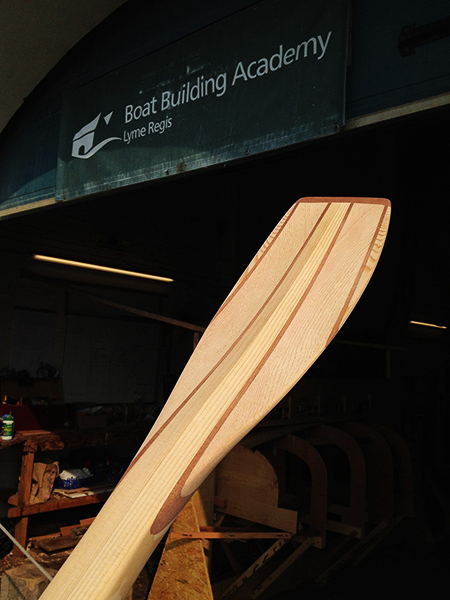
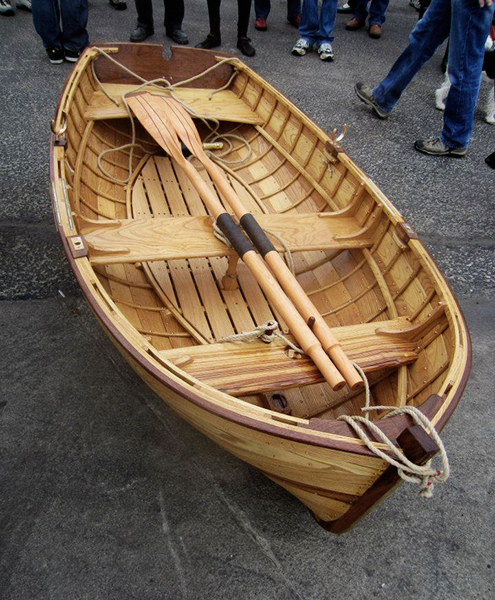
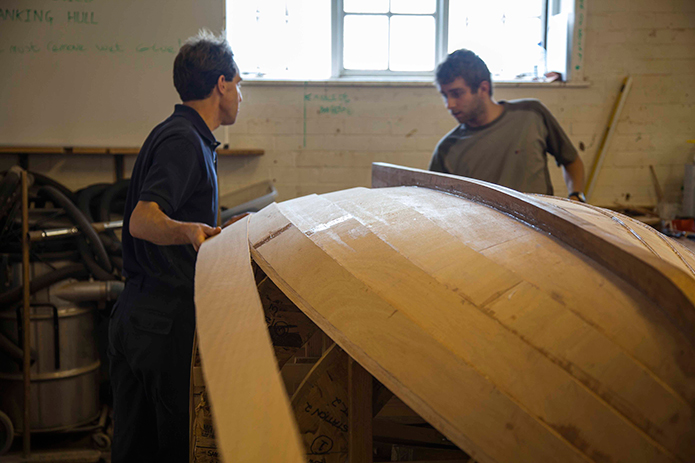
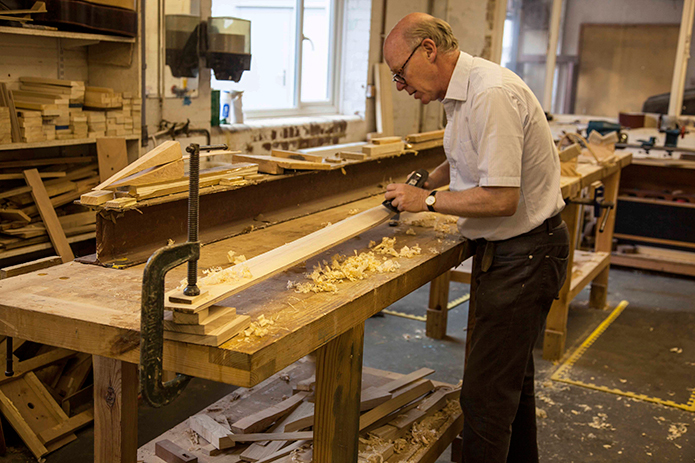
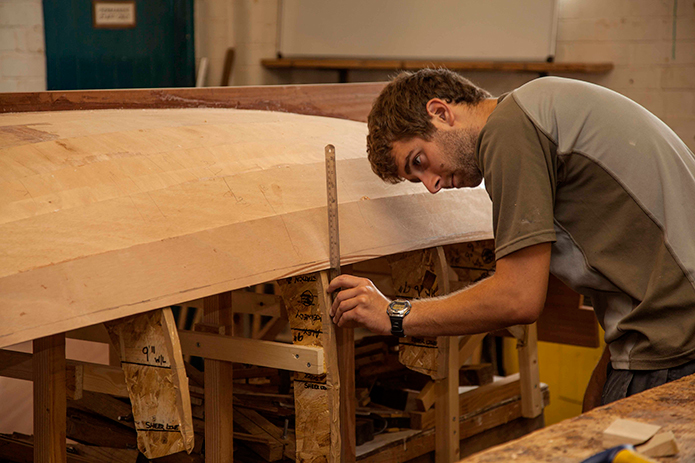
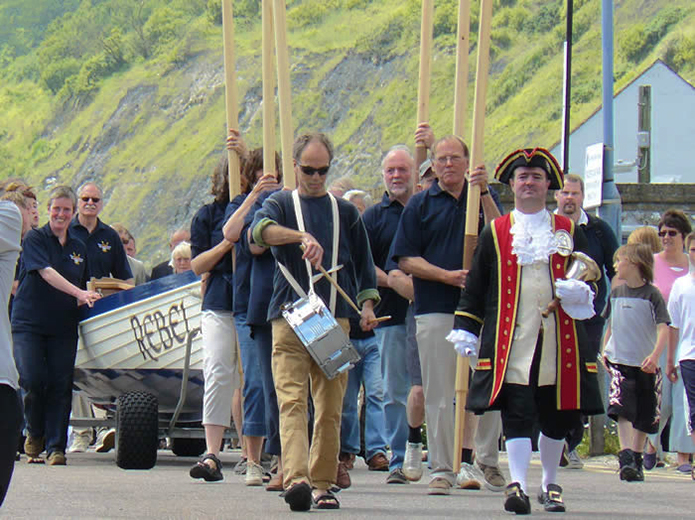
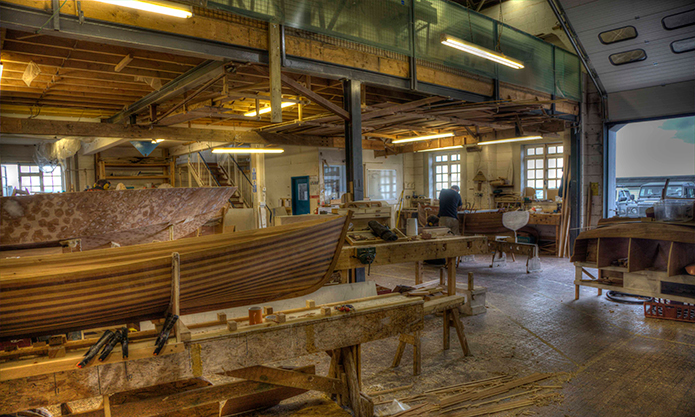
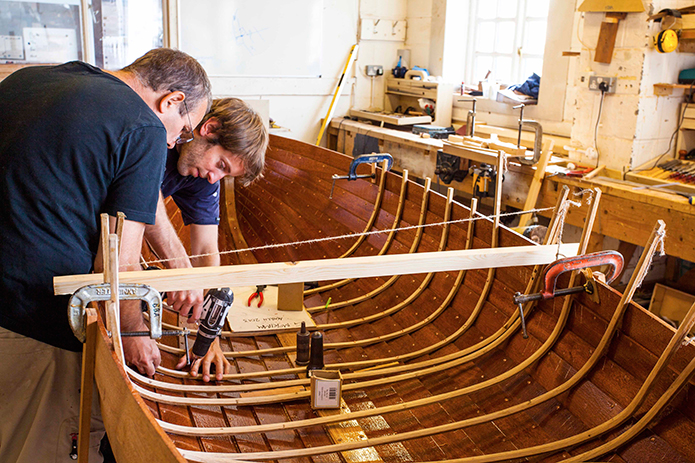
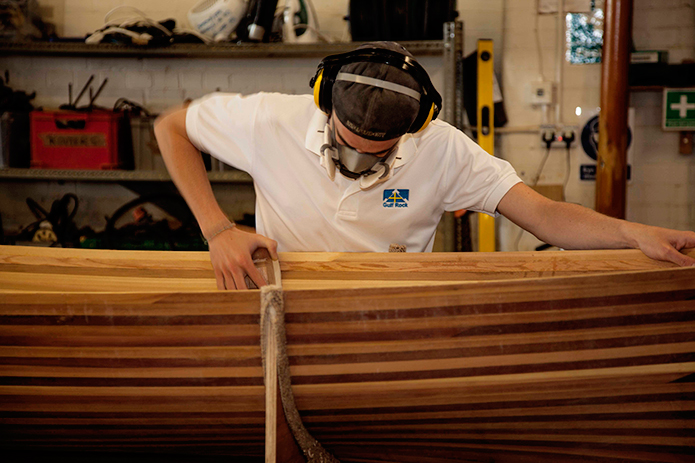
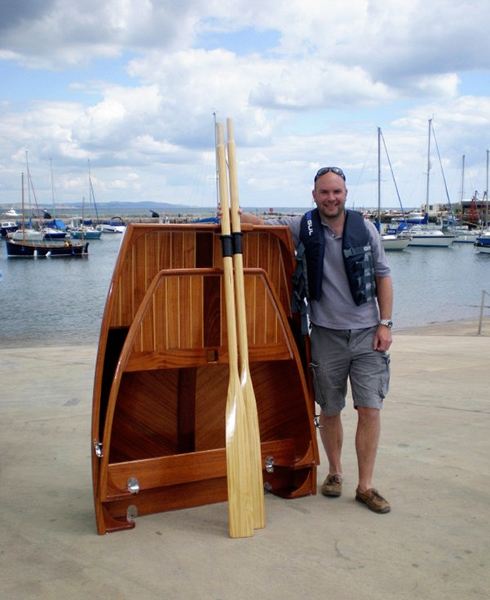
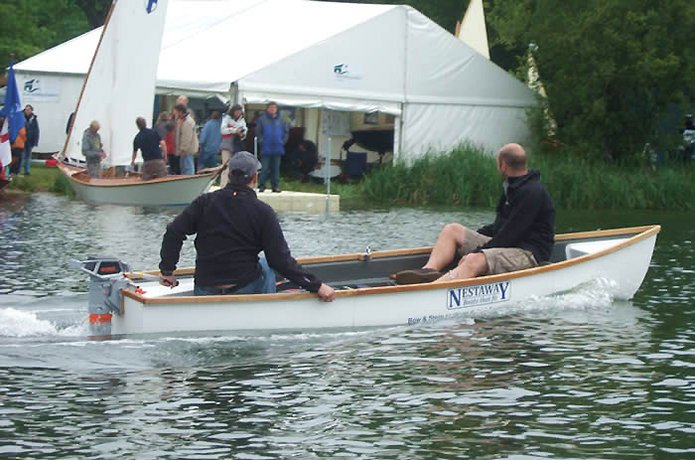
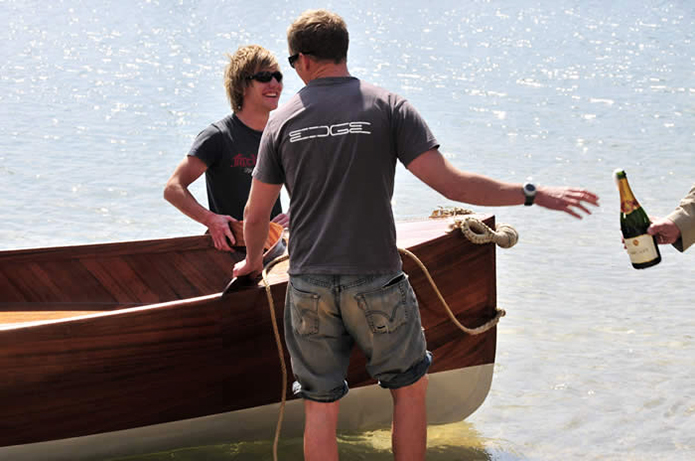
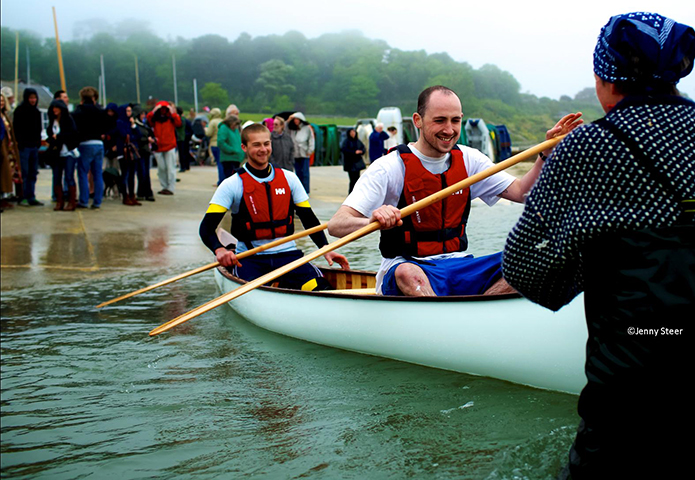
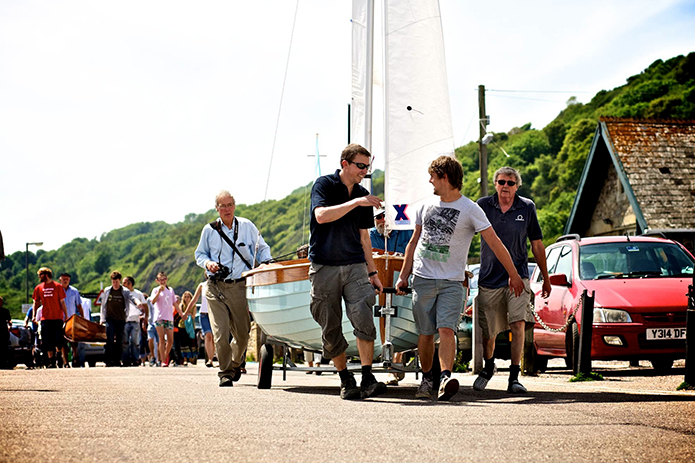









Friday, August 14th 2020 at 6:48 pm
[…] Download Plan More @ http://www.merchantandmakers.com […]
Tuesday, June 23rd 2020 at 6:58 am
[…] Download Plan More @ http://www.merchantandmakers.com […]
Tuesday, June 23rd 2020 at 6:58 am
[…] Download Plan More @ http://www.merchantandmakers.com […]
Monday, June 22nd 2020 at 10:59 pm
[…] Download Plan More @ http://www.merchantandmakers.com […]
Monday, June 22nd 2020 at 1:08 pm
[…] Download Plan More @ http://www.merchantandmakers.com […]
Friday, June 19th 2020 at 7:43 pm
[…] Download Plan More @ http://www.merchantandmakers.com […]
Wednesday, September 4th 2019 at 3:54 pm
[…] Download Plan More @ http://www.merchantandmakers.com […]
Monday, May 28th 2018 at 10:37 pm
[…] access to 518 different plans from small wooden boat plans to large sailboat plans free boat plans. Interview with the boat building. Merchant & makers exclusive interview with yvonne green, principal of the boat building […]
Tuesday, July 12th 2016 at 2:08 pm
[…] Și ce simplu s-ar fi făcut totul pe un strung! Dar ar fi însemnat ca metodele tradiționale să fie abandonate și acest lucru nu este acceptat în cadrul unui proiect de barcă tradițională. Mai multe despre construirea bărcilor tradiționale din lemn puteți afla aici. […]
Saturday, January 3rd 2015 at 12:52 am
A fascinating article on many levels. I feel optimistic about the future of wooden boatbuilding in the UK, at least whilst the demand continues for dinghies and sea-going rowboats. In my mid-50s, however, I am saddened by the constant erosion of opportunities for mid-life retraining and what appears to be a re-focussing on the younger members of society, not just as stated here but also applicable to that other traditional retraining route, the Open University. A cynical side of me suspects that the easily available grants for youngsters might be a factor here.
Tuesday, January 6th 2015 at 6:41 pm
Thanks for your comments and i’m pleased you liked the article. After my visit to the BBA, I met retirees, as well as many people in their 30s, 40s and 50s, and I didn’t get the impression it was geared towards youngsters. I came away feeling that it would be the perfect place to learn new skills for retirement projects, but also those interested in changing careers in mid-life. Put it this way, i’m in my mid-40s, and would love to attend a course at some point in my later life when time allows!